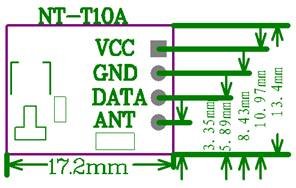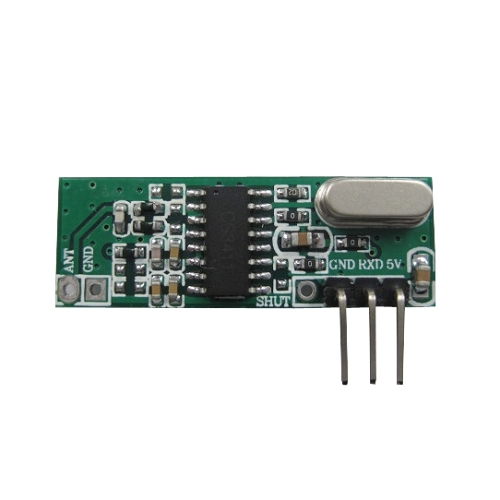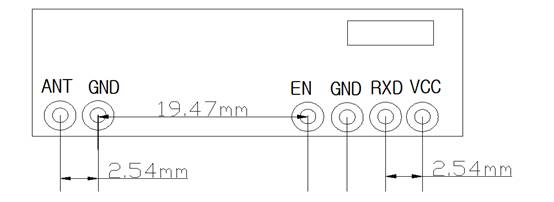doucheful80
Junior Member level 1
I ve purchase a NT-T10A (433 Mhz trasmitter) and CWC-12 (433 receiver), but i cant get them to work just by simply connecting 5v, tx ,rx and ground to their pin. Does anyone here know a link to view a good circuit for it?
There is also a ANT pin on the receiver without an anthena (there is a soft wire coil on transmitter), should i solder on one by myself..if yes can i use normal wire?
There is also a ANT pin on the receiver without an anthena (there is a soft wire coil on transmitter), should i solder on one by myself..if yes can i use normal wire?


